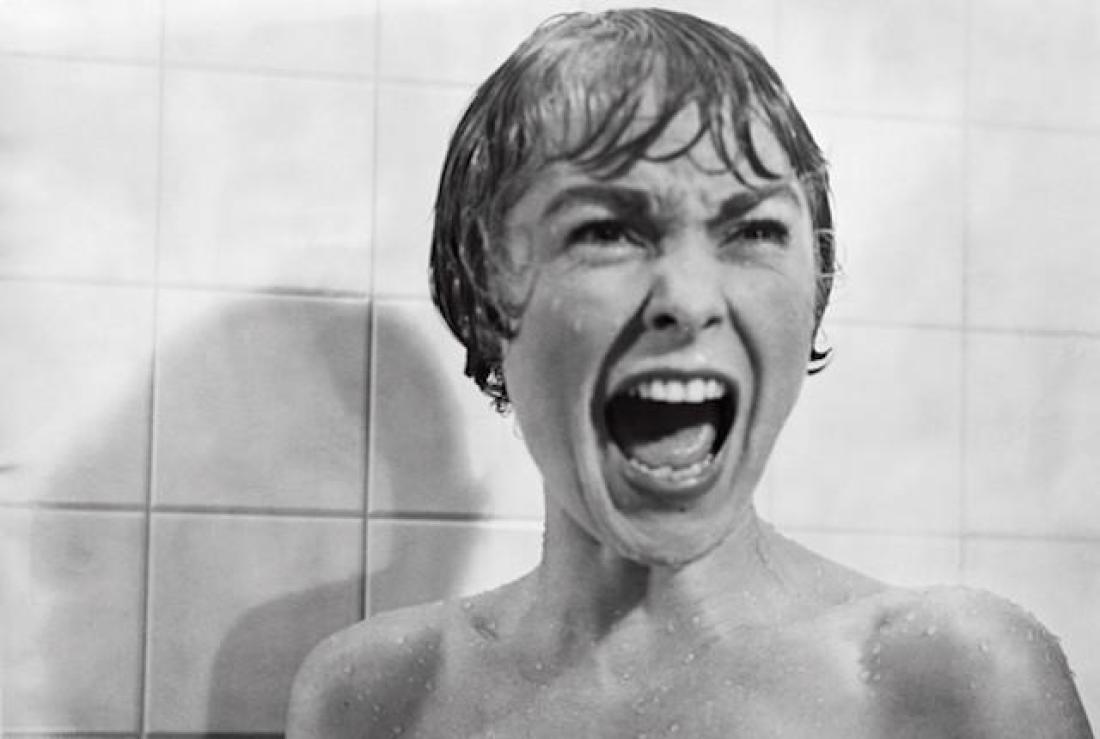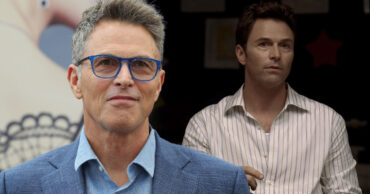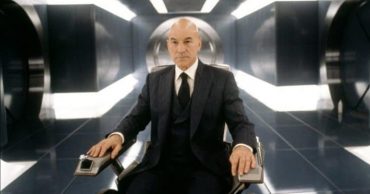Who could forget one of the most iconic films ever made, Alfred Hitchcock‘s Psycho? Even if you haven’t seen the 1960 classic, there are dozens of lists and articles detailing why that’s one of the best moments in horror movie history. Hitchcock helped defined the term slasher thanks to the release of this book adaptation. To recall, Psycho follows the story of Marion Crane (Janet Leigh), a secretary who’s on the run after stealing $40,000 from her employer.
Crane ends up crashing at the Bates Motel for the night and meets a strange owner who has a difficult relationship with his mother. Spoiler alert: Norman Bates (Anthony Perkins) turns out to be the serial killer around the hotel, and his first victim in the film was Marion Crane. That moment helped defined a new definition of horror and changed the landscape of cinema as we know it.
Psycho Changed The Way Audiences Viewed Horror Films

The shower scene was a total surprise upon viewing Psycho. When you watch the film, it appears that Janet Leigh’s character is the protagonist. The Oscar nominee was a hot commodity during this time, and it was one of the main reasons that Hitchcock hired the actress. The director wants to give the audience a false sense of security. Craine was a criminal in the room, but as time passed by, she started to regret her actions.
However, before her journey could truly take off, she’s ruthlessly murdered in the shower. Films in the 1960s didn’t exactly have the same freedom as today. Psycho was almost shunned for showing a flushing toilet! However, Hitchcock’s restraint on showing the shower scene in an extremely graphic and gratuitous manner benefits the film overall. It created the anyone can die feeling since the main lead of the film was murdered first.
Plus, the filmmaker wisely kept the serial killer a secret until the climax. The shower scene created paranoia and tension because such a moment was usually seen as a safe haven for characters. Craine wasn’t running and screaming in terror. She wasn’t on the defensive trying to hide. There wasn’t a single jump scare or indication that Craine was going to die. Such an invasion of privacy was violated and shook moviegoers down to the core.
The Shower Scene Created Three Important Factors

The 1998 remake of Hitchcock’s original couldn’t create the same feeling. Other than being an exact copy of the original that doesn’t add any value to the 1960 film, the shower scene was grotesque and strangely shot. There are flashes of stock footage as Craine is being stabbed mercilessly. Gus Van Sant tries his hardest to replicate what Hitchcock did, but the addition of color and showcasing some of the action stabs killed that moment.
More importantly, audiences already knew what was going to happen. Any suspense leading up to that moment is killed because the remake is a shot-by-shot copy of the original. Hitchcock brilliantly shot the film that created three important factors: the false sense of security. The sense of dread and panic because such a brutal moment violated an innocent moment. As well as an intriguing mystery of who the serial killer was.
The Big Reveal

That one moment elevates the entirety of Psycho because it showcased that it was never Marion Crane’s story, to begin with — it was Norman Bates’. An emotionally damaged young man suffering from a dissociative identity disorder. Bates was a charming thief; one side was a good and wholesome kid who couldn’t hurt a fly. The other was a deranged lunatic who cast out his mother’s destructive behavior because of all the physical and mental abuse he suffered at an early age.
Psycho set the stage for what horror – namely slashers – should be. It created one of the most iconic horror villains to date because Norman Bates is just some crazy guy ruthlessly killing innocent civilians. He’s a multi-layered character that audiences were able to feel for until the rug was pulled out from under them in the climax. The Psycho shower scene will always stand the test of time because of how it changed the definition of horror.
 Follow Us
Follow Us





